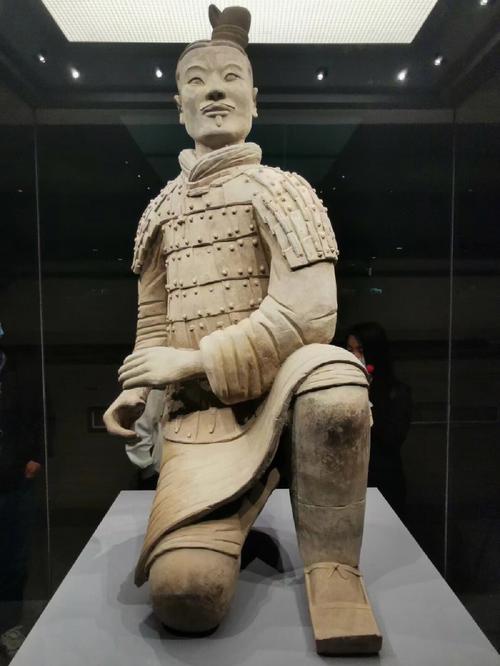
Are the Terracotta Warriors Undamaged?
The Terracotta Army: A Legacy in Pieces
The first emperor of China, Qin Shi Huang, left behind a legacy that continues to captivate the world: the Terracotta Army. This vast collection of life-sized terracotta figures, buried near the emperor's mausoleum in Xi'an, China, was intended to accompany him in the afterlife. While estimates vary, it's believed that approximately 6,000 of these soldiers stand guard within the complex.
However, the image of a perfectly preserved army is a misconception. The vast majority of the terracotta figures were discovered shattered, crushed by the weight of the earth and time itself. Centuries of natural disasters, including earthquakes and floods, contributed to their fragmented state. When archaeologists began excavating the site in the 1970s, they were met with a puzzle of broken limbs, shattered torsos, and scattered heads.
The Exception: A Lone Warrior's Tale
Amidst this sea of fragmented warriors, one figure stands apart. A single terracotta soldier, dubbed "Number One," was unearthed in pristine condition. This remarkable discovery offers a glimpse into the original splendor of the army, showcasing the vibrant pigments and meticulous craftsmanship that once adorned every figure.
Why this particular warrior remained untouched while thousands crumbled around him remains a mystery. Some speculate that its location within the tomb shielded it from the worst of the collapses. Others believe it could be a testament to the skill of the artisans who created it, perhaps signifying a higher level of craftsmanship or the use of superior materials.
The Painstaking Process of Restoration
The discovery of the fragmented army presented an immense challenge to archaeologists and conservators. The task of piecing together the shattered remains is a monumental undertaking, requiring meticulous attention to detail and a deep understanding of ancient craftsmanship.
Each fragment is carefully documented and photographed. Using a combination of traditional techniques and modern technology, experts work tirelessly to identify matching pieces and reassemble the warriors. The process is like a giant jigsaw puzzle, made even more complex by the sheer scale of the army and the intricate details of each figure.
Despite the challenges, the restoration efforts have been remarkably successful. Thousands of warriors have been painstakingly pieced back together, allowing us to appreciate their grandeur and artistry. The ongoing restoration project is a testament to human ingenuity and our enduring fascination with the past.
FAQs
Q: Why were the Terracotta Warriors created?
A: The Terracotta Army was created to guard the tomb of Qin Shi Huang, the first emperor of China. He believed they would protect him in the afterlife and allow him to conquer the next world just as he had conquered this one.
Q: Are the Terracotta Warriors all the same?
A: No, the Terracotta Warriors are remarkably diverse. Each figure boasts unique facial features, hairstyles, and attire, reflecting the different ranks and roles within Qin Shi Huang's army. You'll find archers, infantrymen, charioteers, and even generals, all rendered with incredible realism.
Q: Can you still visit the Terracotta Army?
A: Yes, the Terracotta Army is a UNESCO World Heritage Site and one of China's most popular tourist attractions. Visitors can marvel at the scale of the excavation pits and witness the ongoing restoration efforts, gaining a deeper appreciation for this ancient wonder.